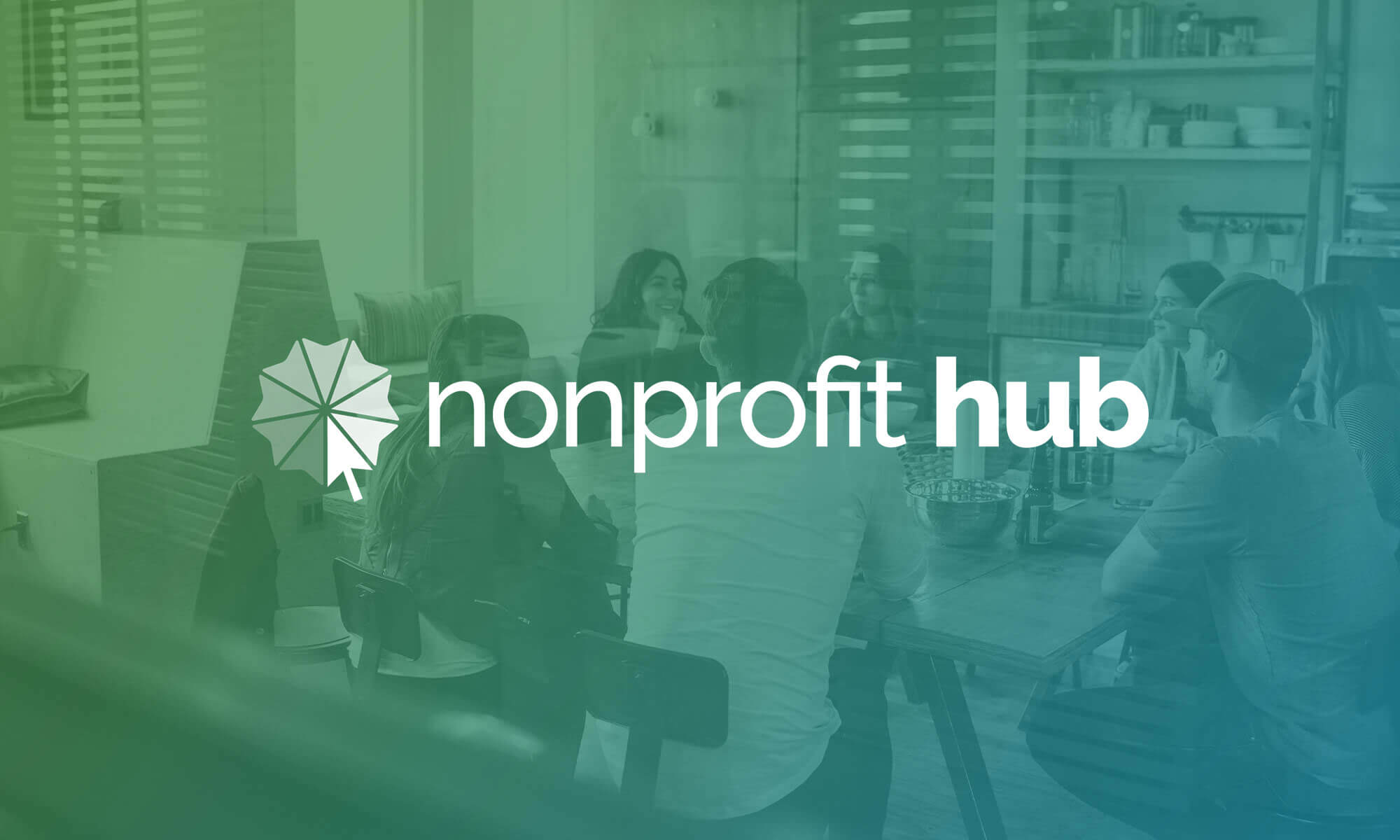“Story-telling” is a non-profit’s life-line to raising funds, cultivating new supporters, and maintaining stewardship with existing donors.
Your story is your business. Your business is your organization. Your organization depends on your story. It goes full circle.
Well-crafted stories for the non-profit world generally show (or exemplify) how a societal problem was resolved.
Here’s the story…
Your Story Is a Recipe
- 1 Liter: Who you are as an organization (or charitable cause)
- 2 Cups: Why you do what you do
- 3 Pounds: Who benefits
- 4 Gallons: All the justification for why you deserve support from prospective donors
- 5 Heaps: Passion, sincerity, and gratitude. Remember, the work that is done is largely due to the contribution and generosity of others. Don’t you want to let your supporters know that it can’t be done without their help? They count!
You Need Solid Equipment
- Concrete Data and Statistics: Of the Issue; Of the Organization’s Accomplishments; Of Future Needs
- Powerful photos of project/beneficiaries/groundwork or services that are delivered
- Research and preparation of target market audience: Who are you speaking to?
- A tangible action item for supporters to take (sign a petition; donate to a project; volunteer; join a social media campaign… don’t limit yourself to one option)
For a non-profit, it is essential to keep in mind that your donors are an audience that is looking for projects, campaigns, or causes to connect with.
Garnish and Spices: Every Compelling Story Will Have:
- Emotional and Intellectual Connectivity
- Attraction: As non-profit organizations, we sometimes describe what we do and why we do it in purely analytical terms. Statistics and hard facts can be boring. And that which is boring is soon forgotten.
- Motivation, and Persuasion
- Inspiration and will be memorable: make it easier for supporters to spread the word about you and your cause.
- SIMPLICITY. If you can’t explain it in simple terms, then you have over-complicated it, and will lose the potential of resonating your message with your key audience.
A Compelling Story for a non-profit will lead to a final resolution. Show how your organization provided a much needed service, enhanced a community by XYZ, or changed an unjust situation. When you candidly identify the problems/issues that are contributing factors, and how the cause serves as a purpose to alleviate the issue, supporters are much likely to champion your cause.
The Perfect Balance
A powerful, tightly constructed story will be able to:
- Introduce your organization
- Create an appeal for your project
- Garner an action from the audience (donations or spreading the word)
So, here is the actual composition and construction of your story:
Story Structure Flow:
A group of even 3-4 sentences can create a powerful story. Following the guide of:
- Issue
- Support and data
- Project’s impact
- Closure for the supporter (This will lead to the “Action Item” ex: donation, support, mobilization for the cause or project)
Example:
“Waterborne diseases are a threat for tens of millions of people in Pakistan. (Issue)
Preventable diseases such as diarrhea, typhoid, intestinal worms and hepatitis are rampant in areas where water is scarce or unavailable. (Support)
Over 75% of the population in HDF program regions has sustainable access to an improved water source. (Impact)
Your support will make a tremendous impact not only in individual lives, but their surrounding communities.” (Closure)
Remember To:
- Keep a “fresh eye:” Your audience on many platforms will be new. Too often, we tend to “lose” people or forget the main message as an “insider.”
- Keep your wording precise and concise: in addition to captivating a prospective donor, you are limited in characters for many online fundraising platforms.
- Make it social media savvy: have “tag-lines,” short, catchy sentences that resonate with your audience.
Overall, a compelling story will allow the donor to feel empowered, and will:
- Create a sense of urgency and need
- Have the perfect harmony of emotion, intellect, and factual data
- Highlight your organization, and it’s mission
- Redirect to the importance of the project
- Be precise and concise
- Lead to an “Action Item” (donation, support, sharing the project with others)
The preceding is a guest post by Zainab Zeb Khan of Human Development Foundation, a non-profit organization that has been fighting extreme poverty through a unique holistic model of development focused on lasting change. The HDF Holistic Model™ includes programs in 5 key areas. Social Mobilization, Education & Literacy, Primary Health Care, Economic Development, and Sustainable Environment. HDF empowers communities and individuals with the tools and resources needed to achieve and sustain a better way of life.
Filed under: Communications ![]()







